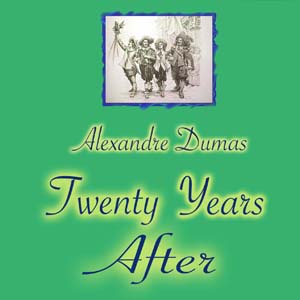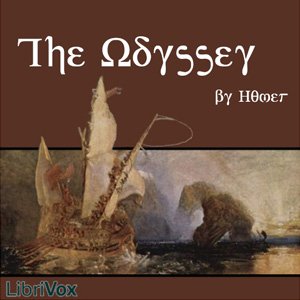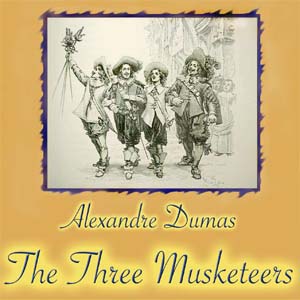- 01 - The Wicket-Gate
- 02 - The Village Named Morality
- 03 - The Reflections of a Cured Dyspeptic
- 04 - Andrew Amos
- 05 - Various Doings in the West
- 06 - The Skirts of the Coolin
- 07 - I Hear of the Wild Birds
- 08 - The Adventures of a Bagman
- 09 - I Take the Wings of a Dove
- 10 - The Advantages of an Air Raid
- 11 - The Valley of Humiliation
- 12 - I Become a Combatant Once More
- 13 - The Adventure of the Picardy Chateau
- 14 - Mr. Blenkiron Discourses on Love and War
- 15 - St. Anton
- 16 - I Lie on a Hard Bed
- 17 - The Col of the Swallows
- 18 - The Underground Railway
- 19 - The Cage of the Wild Birds
- 20 - The Storm Breaks in the West
- 21 - How an Exile Returned to His Own People
- 22 - The Summons Comes for Mr. Standfast
This is the third of Buchan's Richard Hannay novels, following The Thirty-nine Steps and Greenmantle. Set, like Greenmantle, during World War I, it deals Brigadier-General Hannay's recall from the Western Front, to engage in espionage, and forced (much to his chagrin) to pose as a pacifist. He becomes a South African conscientious objector, using the name Cornelius Brand. Under the orders of his spymaster, Sir Walter Bullivant, he travels in the book through England to Scotland, back to the Western Front, and ultimately, for the book's denouement, into the Alps. Those who know Greenmantle will meet some old friends again here, including Bullivant, the American John Blenkiron, the South African Peter Pienaar and others.
To quote Hannay's contemporary, Sherlock Holmes, “The game's afoot!” How will it come out? And though Hannay is no James Bond, might he perhaps be a literary ancestor of Ian Fleming's Agent Double-O Seven? Judge for yourself.
There are also a fair number of unpronounceable Gaelic names. A further warning: this book was published in 1919 and it reflects a certain number of standards and mores of the day. It is by no means free of racist remarks and attitudes, and it is quite clear that Hannay has no use for pacifists, socialists, feminists, overly intellectual professors, and so forth. How far Hannay's fictional views mirror those of Buchan himself, I could not possibly say. Buchan of course went on to become first Baron Tweedsmuir, and Governor-General of Canada from 1935 until his death in 1940 (if you go to his Wikipedia site, you can see him very unhappily attired in a Native American headdress. President Calvin Coolidge, photographed the same way in 1927, looked equally unhappy).
(Introduction by Nicholas Clifford)
To quote Hannay's contemporary, Sherlock Holmes, “The game's afoot!” How will it come out? And though Hannay is no James Bond, might he perhaps be a literary ancestor of Ian Fleming's Agent Double-O Seven? Judge for yourself.
There are also a fair number of unpronounceable Gaelic names. A further warning: this book was published in 1919 and it reflects a certain number of standards and mores of the day. It is by no means free of racist remarks and attitudes, and it is quite clear that Hannay has no use for pacifists, socialists, feminists, overly intellectual professors, and so forth. How far Hannay's fictional views mirror those of Buchan himself, I could not possibly say. Buchan of course went on to become first Baron Tweedsmuir, and Governor-General of Canada from 1935 until his death in 1940 (if you go to his Wikipedia site, you can see him very unhappily attired in a Native American headdress. President Calvin Coolidge, photographed the same way in 1927, looked equally unhappy).
(Introduction by Nicholas Clifford)
There are no reviews for this eBook.
There are no comments for this eBook.
You must log in to post a comment.
Log in











